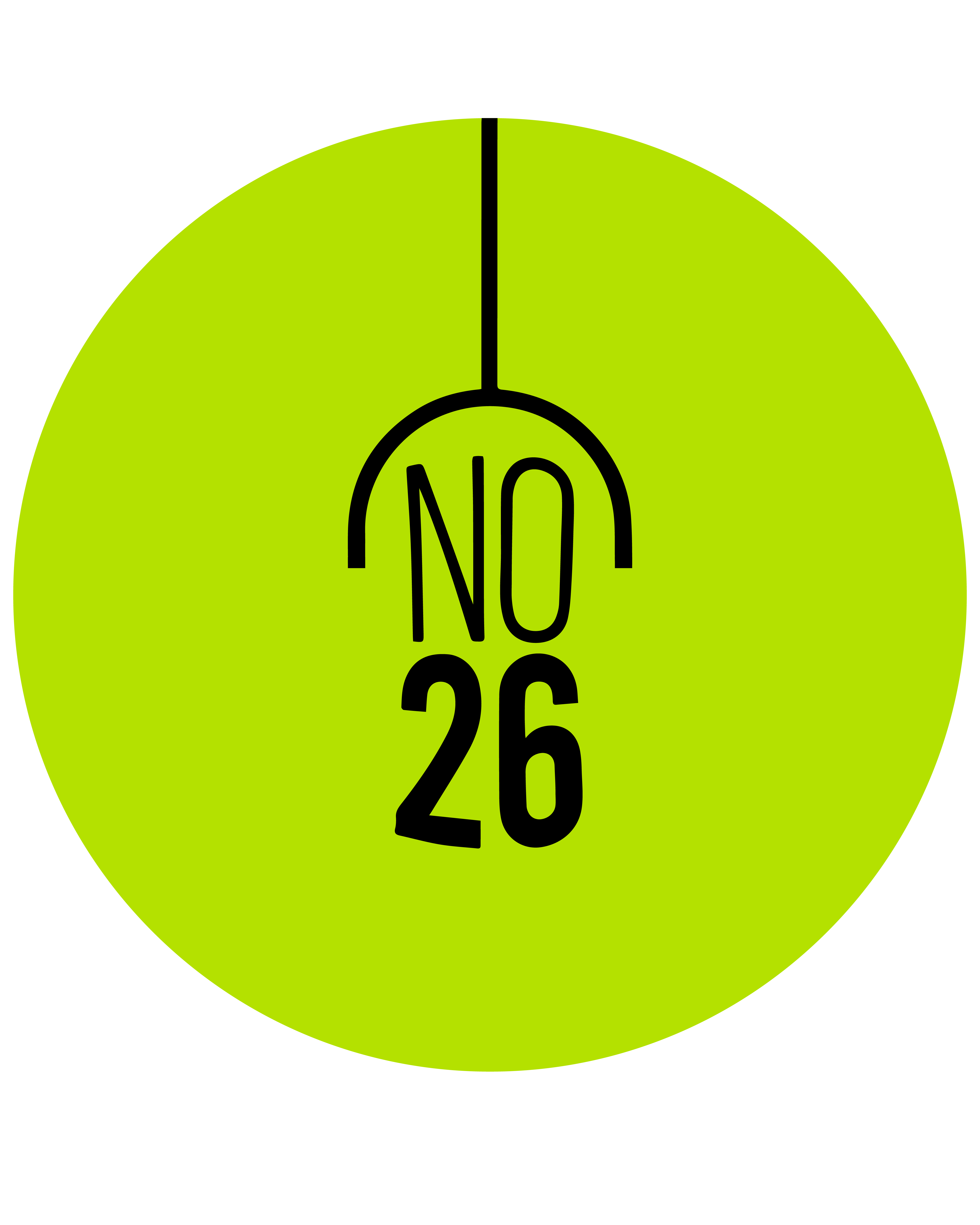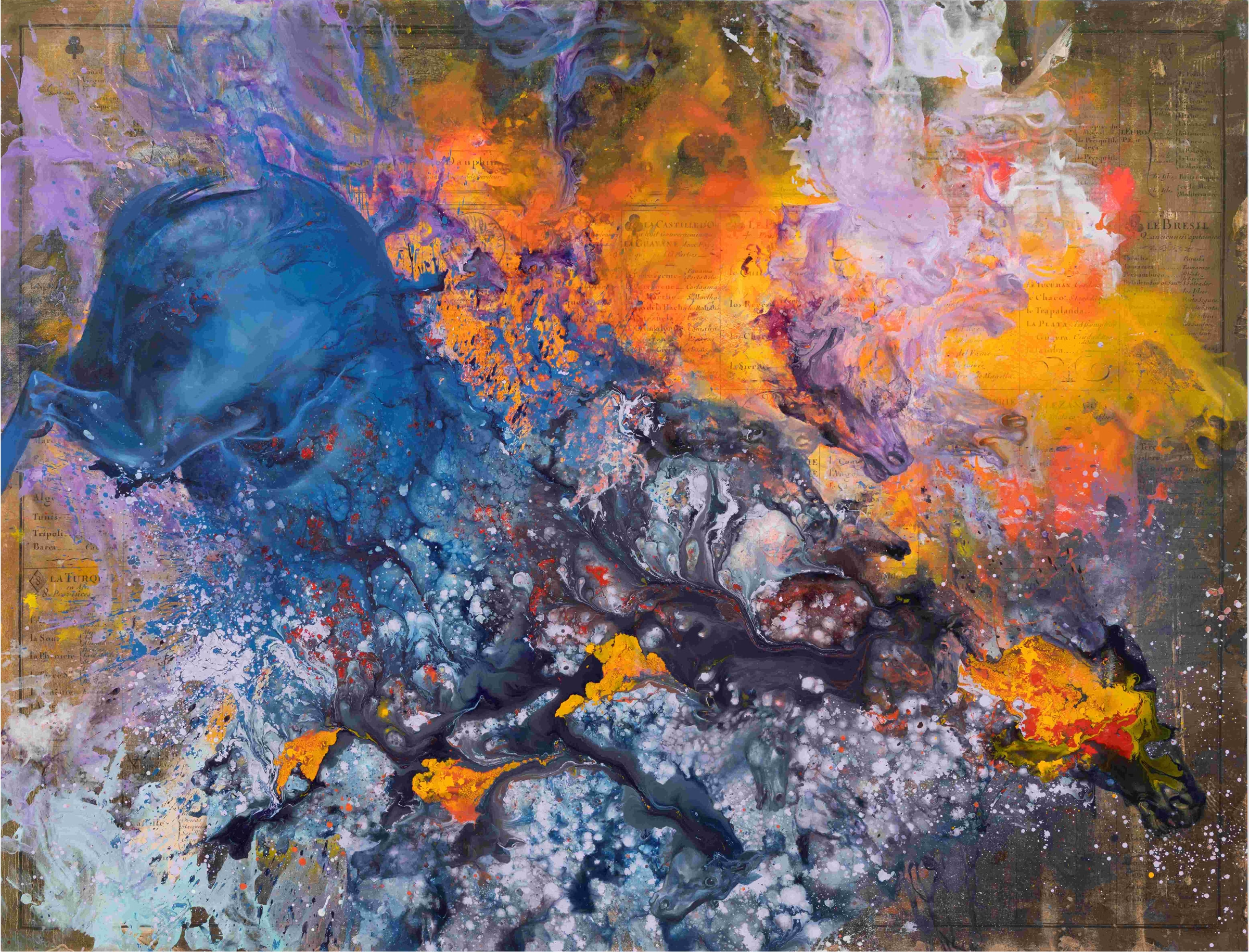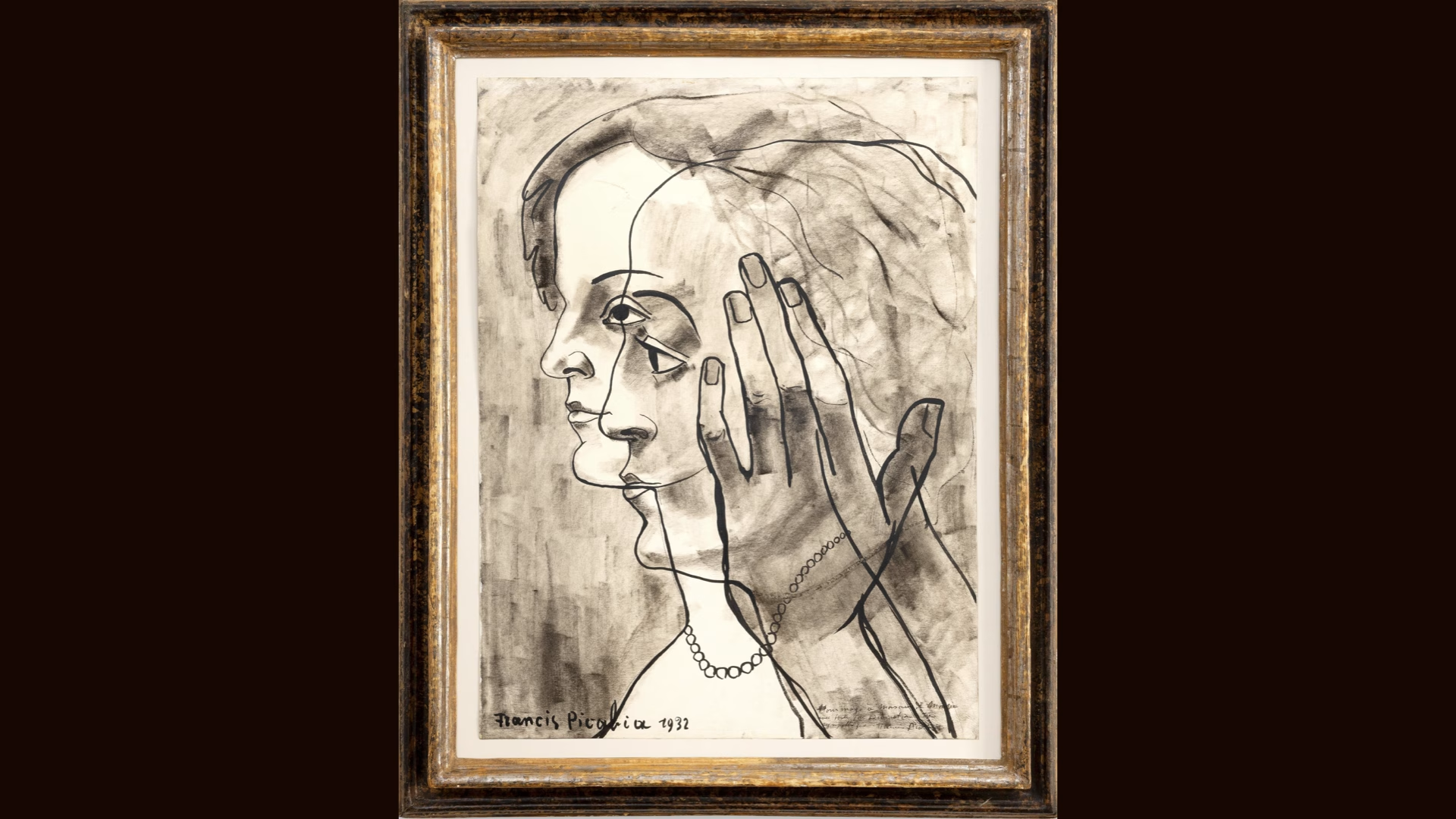The Des Moines Art Center in Iowa is hosting a captivating exhibition titled Báez Wire, featuring over 30 works that span nearly 20 years of Firelei Báez’s artistic journey. This collection of paintings, drawings, and multimedia installations invites viewers to traverse time and space while igniting wonder, reflection, and insight. The exhibition will be on display until September 21, and it investigates the complex legacy of colonial histories and the African diaspora in the Caribbean and beyond.
Báez’s work uniquely blends anthropology, geography, folklore, fantasy, science fiction, and social history to question established notions of race, gender, and nationality. Her paintings are rich in complex patterns, vibrant colors, and often incorporate archival images like colonial maps or architectural plans.
“Báez’s artistry captivates the eye and engages the senses, all while prompting thought-provoking questions about agency, freedom, and systemic violence,” remarked Kelly Baum, the Art Center’s CEO. “This exhibition embodies our goal of being a public forum for discussion and our mission to connect Iowa with the wider world.”
Occupying 2,000 square feet across three distinctive buildings designed by Eliel Saarinen, I. M. Pei, and Richard Meier, the exhibition begins with one of Báez’s early series, Can I Pass? Introducing the Paper Bag to the Fan Test for the Month of July (2011). This series of 31 self-portraits is structured like a calendar and refers to the controversial 20th-century practice of using a brown paper bag as a means of determining social acceptance based on skin tone.
As visitors continue through the exhibition, they’ll encounter “A Drexcyen chronocommons (To win the war you fought it sideways)” (2019), a room-sized installation that evokes a grotto-like atmosphere using perforated blue tarps, commonly associated with shelter after disasters. This work casts light on surfaces adorned with symbols representing the Black diaspora.
In the next gallery, the focus shifts to a series of portraits that explore feminine identity, featuring intricately patterned figures inspired by tattoos, Persian miniature art, and lush, coiled hair.
The exhibit culminates with two significant pieces: “(once we have torn shit down, we will inevitably see more and see differently and feel a new sense of wanting and being and becoming)” (2014), a grand archway celebrating the Sans-Souci palace in Haiti, and “A most curious manifestation (or a boat sailing the great rapids of time)” (2024), a recent addition to the Des Moines Art Center’s collections.
Visitors will experience an engaging artistic and historical journey that reflects the broad scope of Báez’s career.
For more information, visit desmoinesartcenter.org.













